Our Take on the new Professional in Business Analysis Certification (PMI-PBASM)
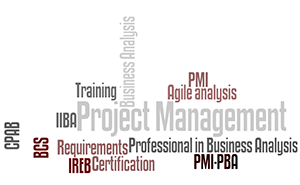
Have you heard? PMI has entered the business analysis space. They have a new certification—the PMI Professional in Business Analysis (PMI-PBA?)—with entry requirements similar to IIBA®’s Certified Business Analysis Professional™ (CPAB®).

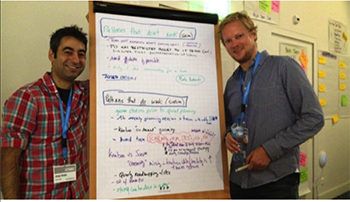

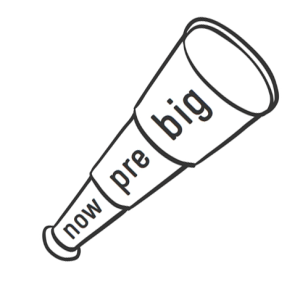
 If you’ve been a product manager for a few years, you already know what I’m about to say. Product management is a hard job. The most successful product managers share these traits:
If you’ve been a product manager for a few years, you already know what I’m about to say. Product management is a hard job. The most successful product managers share these traits: Are you headed to Agile 2014 this year? We are—and we are eager to introduce audiences there to our unique approach to agile requirements.
Are you headed to Agile 2014 this year? We are—and we are eager to introduce audiences there to our unique approach to agile requirements.
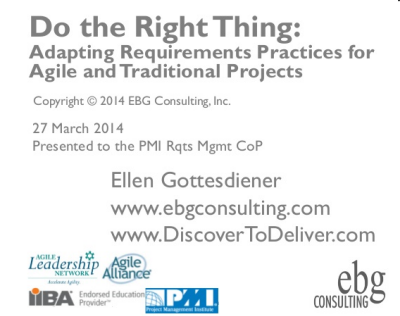 Last month I presented a webinar to the PMI® (Project Management Institute) Requirements Management Community of Practice: “Do the Right Thing: Adapting Requirements Practices for Agile and Traditional Projects.”
Last month I presented a webinar to the PMI® (Project Management Institute) Requirements Management Community of Practice: “Do the Right Thing: Adapting Requirements Practices for Agile and Traditional Projects.” Whether you are agile or more traditional, your challenge is the same: In order to remain relevant in today’s market, you have to discover and deliver the right thing at the right time. To do this successfully, you need to elicit customer needs and quickly choose from among many competing voices and options to determine what is truly essential and what can wait for a future release. That means selecting the requirements development and management activities that are most effective for your particular situation–whether those practices are in your current toolbox or not.
Whether you are agile or more traditional, your challenge is the same: In order to remain relevant in today’s market, you have to discover and deliver the right thing at the right time. To do this successfully, you need to elicit customer needs and quickly choose from among many competing voices and options to determine what is truly essential and what can wait for a future release. That means selecting the requirements development and management activities that are most effective for your particular situation–whether those practices are in your current toolbox or not.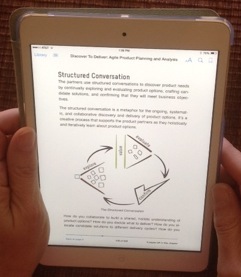 “Fast, easy, free/cheap…” That’s what we heard about publishing an eBook edition of a paper book. After all, people said, how difficult can it be to take a PDF and make it digital? Quite difficult, actually.
“Fast, easy, free/cheap…” That’s what we heard about publishing an eBook edition of a paper book. After all, people said, how difficult can it be to take a PDF and make it digital? Quite difficult, actually.